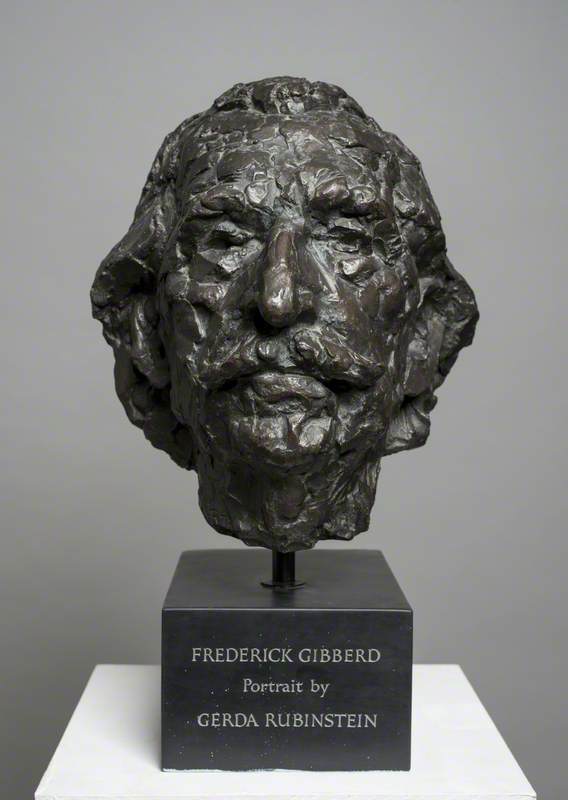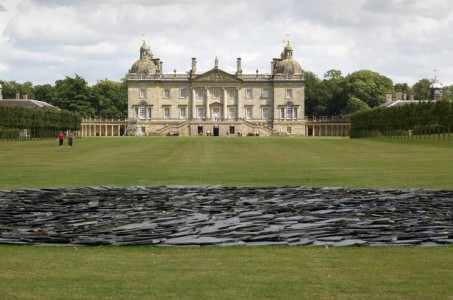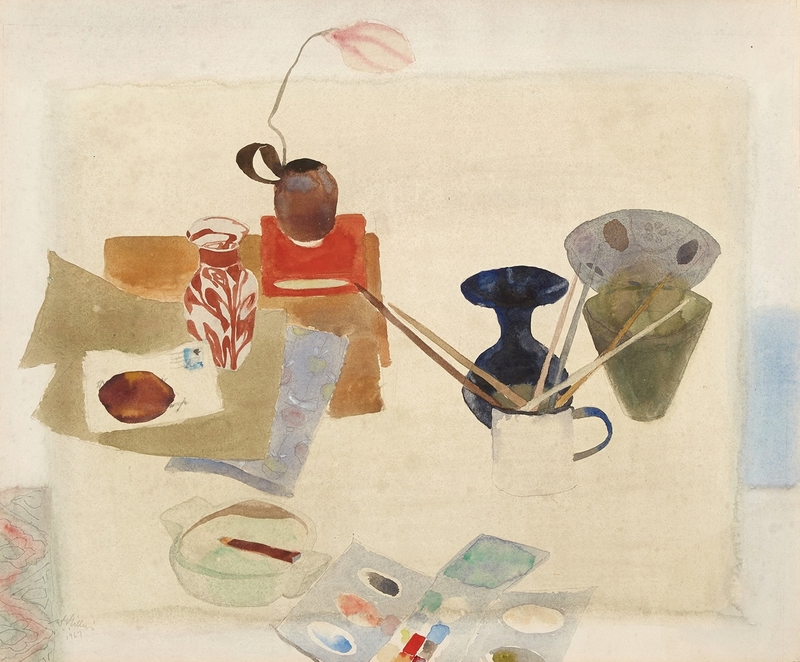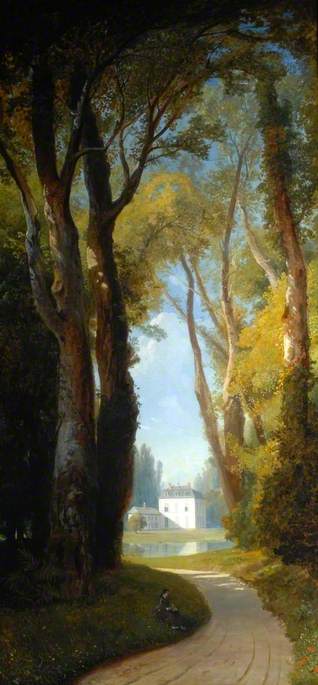These monumental structures by Glasgow sculptor Andy Scott, depicting two mythical kelpies, were completed in October 2013, and officially unveiled, by HRH Princess Anne, on 8th July 2015.
The Kelpies
2013 by Andy Scott (b.1964) 
The work is Scott's largest commission. The pair of sculptures stand on the canal link between the Forth & Clyde Canal and the River Carron, at The Helix, an ecopark situated between Falkirk and Grangemouth. The entire project took over ten years to realise and the sculptures were commissioned by Scottish Canals.
The structures are 30 metres high, a third taller than Antony Gormley's Angel of the North, and are constructed from some 30,000 pieces of structural steel, with a stainless steel cladding. The steel fabricators, SH Structures, created the individual pieces of the enormous horses from Scott's three-metre-high models that had been laser scanned.
In addition to the main sculpture, there are two sets of 1:10 scale maquettes that have been exhibited both in Scotland and abroad.
In Scottish folklore, kelpies are shapeshifting water spirits of lochs, rivers, and other bodies of water. They are said to be powerful, horse-like creatures, often black in colour, that are also able to take human form.
There are other similar water spirits in Scottish folklore, such as the shoopiltee and the nuggle in Shetland and Orkney. The Loch Ness Monster is also sometimes identified as a kelpie.
The Kelpies
2013 by Andy Scott (b.1964) 
In most tales, kelpies are said to ensnare human victims, particularly children, taking them into the water and devouring them. Indeed, it is often suggested that the myth was invented to warn children from going too near to water to avoid drownings.
Kelpies are even mentioned in one of Robert Burns' poems, Address to the Devil (1786):
When thowes dissolve the snawy hoord,
An' float the jinglin icy-boord,
Then water-kelpies haunt the foord
By your direction,
An' nighted trav'lers are allur'd
To their destruction
Although depicting kelpies, Scott's sculpture also commemorates the working horses that were used for pulling barges along the canal, and the industrial history of the surrounding area. In fact, it is said that a kelpie could sometimes be captured – by using a halter marked with a cross – and then it could be used to carry out heavy labour.
The Kelpies
2013 by Andy Scott (b.1964) 
Kelpies have often been portrayed in art, in both their human, and horse forms. The painting by Herbert James Draper, for example, portrays the kelpie as a beautiful, and alluring woman, although traditionally, kelpies take their human form as a male.
These iconic sculptures have become one of Scotland's most popular tourist attractions, seeing almost one million visitors just in the first year following the opening of the park.
Anthony McIntosh, Public Sculpture Manager at Art UK
A version of this article was originally published by The Guardian as part of The Great British Art Tour












































